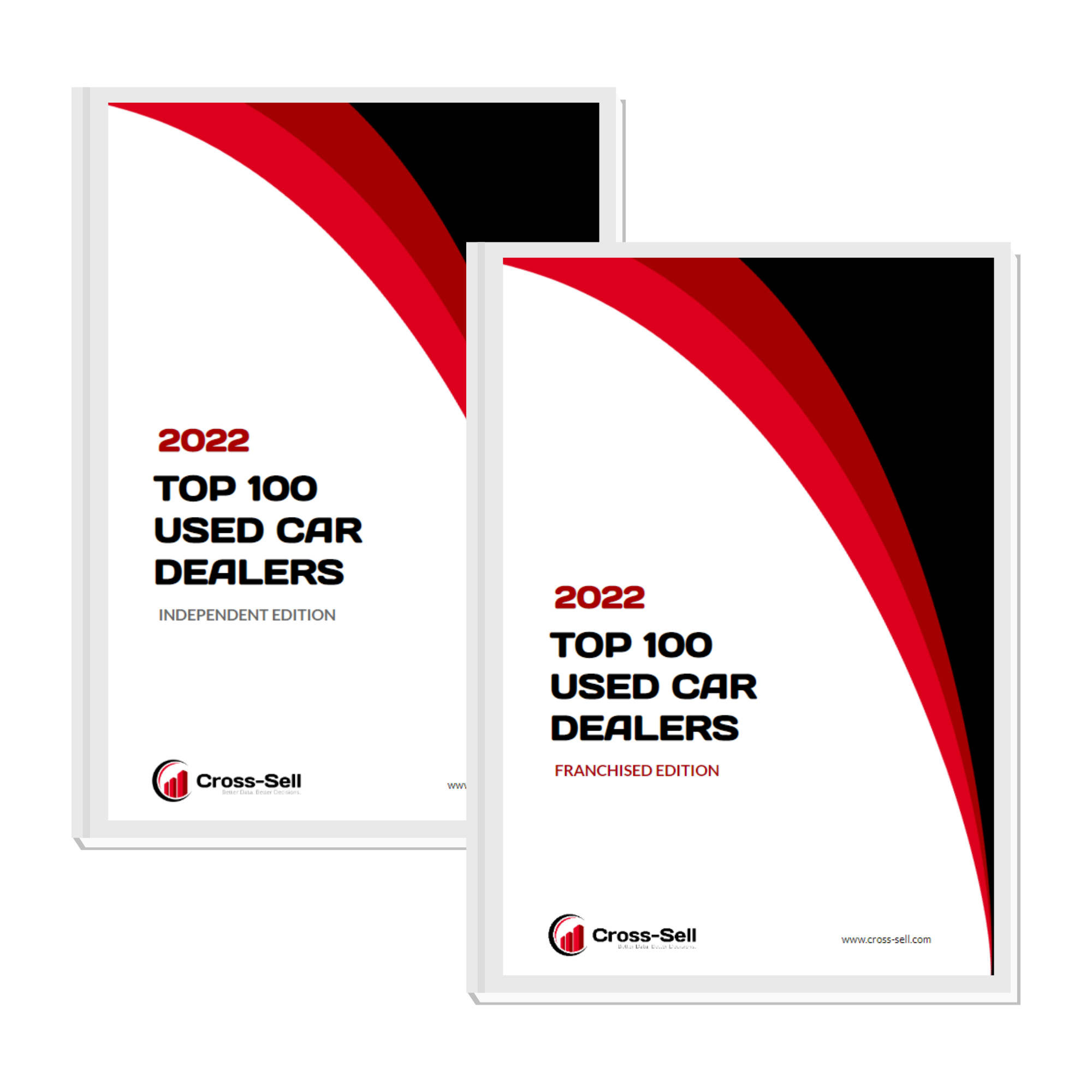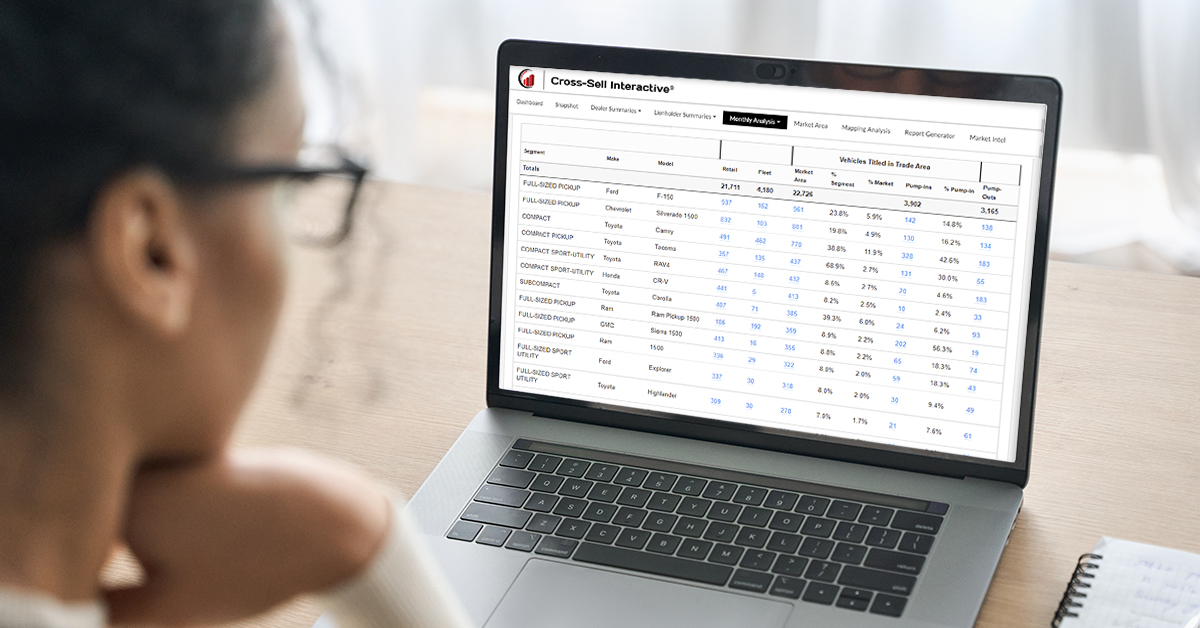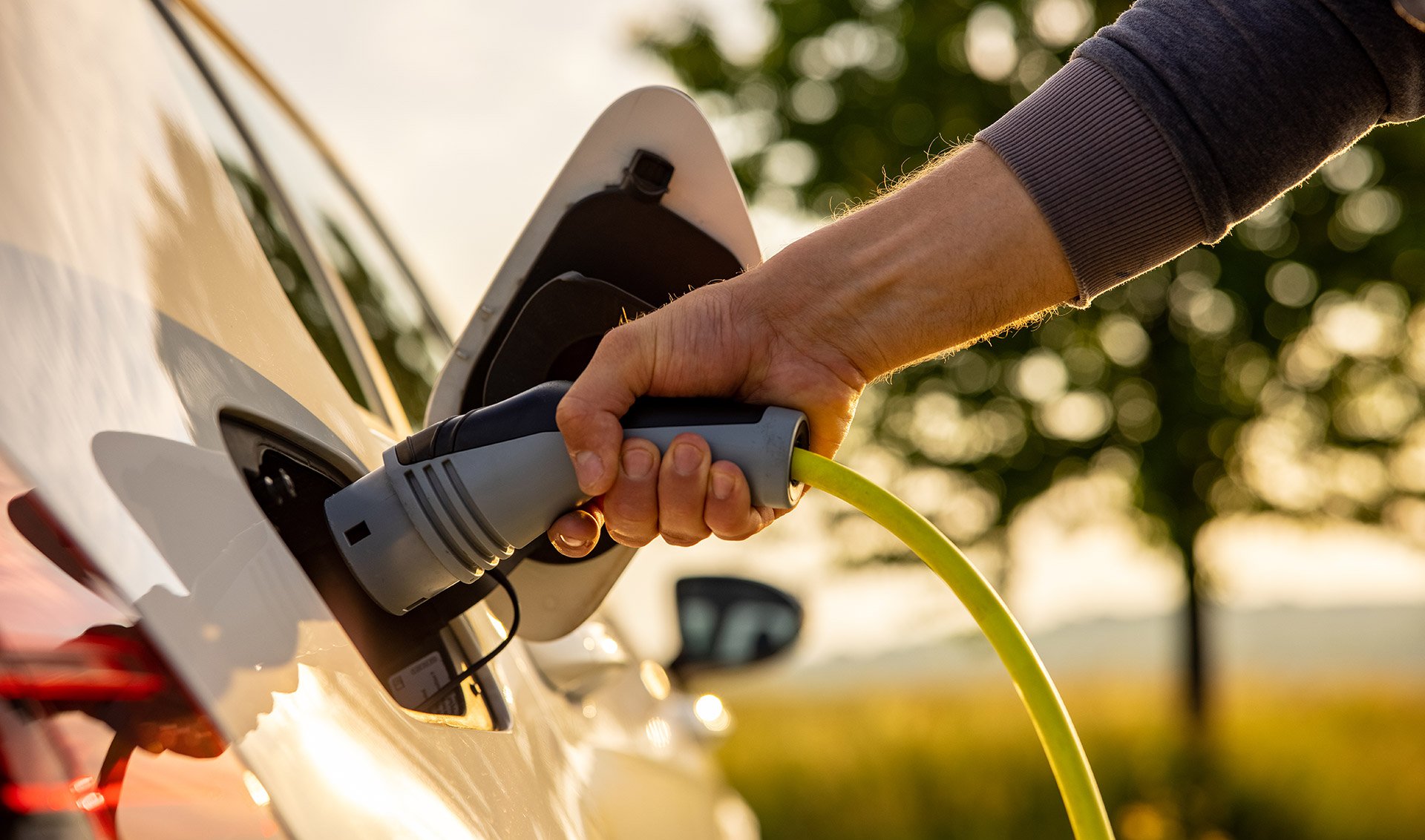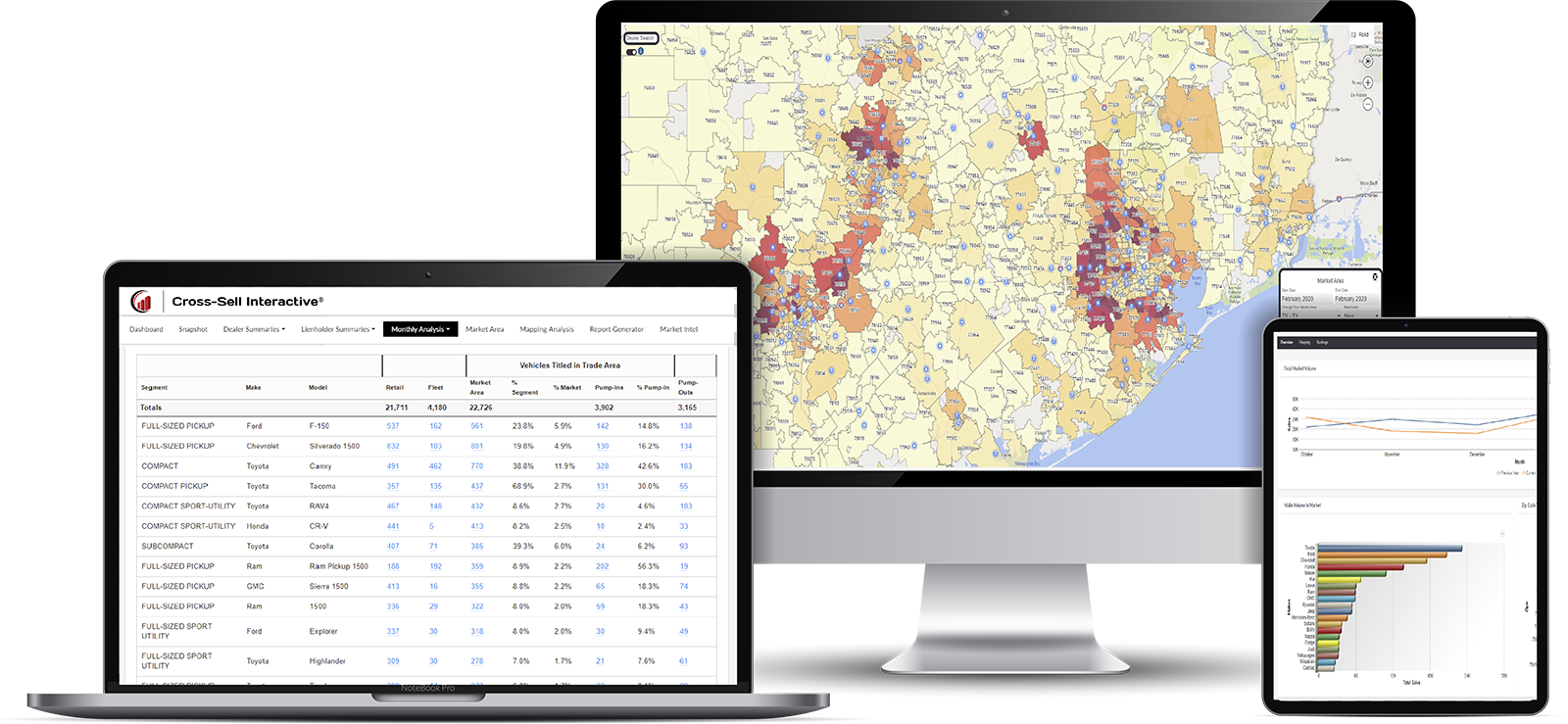Although used-car sales were down slightly in 2023 (35.9 million) from 2022 (36.2 million), the year ended with used-car sales surpassing the initial forecast. Looking into 2024, predictions are set for around 36.2 million overall used-car sales, which is an increase in sales from 2023, despite lingering supply challenges.
When it comes to vehicles, many people tend to have a strong loyalty towards the segment or type of vehicle they are driving and buying, rather than the brand itself. This loyalty stems from various factors, including personal preference, lifestyle, and even cultural influences. For example, some individuals may be die-hard fans of SUVs, appreciating their spaciousness, versatility, and ruggedness, regardless of the brand. Others may have a deep admiration for sports cars, appreciating the thrill and adrenaline rush that comes with owning and driving such vehicles. And then there are those who simply prefer the practicality and fuel efficiency of sedans or the convenience of owning a compact car.
In general, the used car industry has been experiencing a period of growth and change over the past several years. Some of the key trends that have taken place recently in the industry include shortage of inventory, rising prices, and growth of electric vehicles. Even with these obstacles, used vehicle sales have continued to thrive.
Demand for cars is on the upswing after the latest pandemic wave has subsided. With the economy kicking into gear again, buyers are excited to make purchases, which signals a shift toward a more optimistic outlook than in the last two years. At the same time, gas prices have skyrocketed due to geopolitical events, and that will hurt consumers and hamper potential buyers. Yet, electric vehicles are gaining popularity and remain a staple of the industry. Some trends like gas prices ebb and flow, but there are permanent shifts in the automotive industry that aren’t going away — and car dealers need to plan accordingly to keep up with them.
Where the market environment stands now
The momentum behind EVs is undeniably growing. Globally, the sale of electric vehicles more than doubled in 2021, with some countries far ahead of that trend. Norway is at the top of the list, with 81 EVs per every 1,000 residents. In the UK, which comes in 6th, the percentage of purchased EVs increased by 76% between 2020 and 2021. China’s EV sales tripled between 2020 and 2021. The United States is not finding EV sales to be increasing quite as swiftly as in Europe or China, but sales are strong — and growing. The percentage of plug-in vehicles (both hybrid and electric) purchased in the US increased by 68.9% between February 2021 and February 2022. It’s tempting to believe that the car buyers of the world will collectively and altruistically decide to buy EVs to limit carbon emissions, but there are actually many factors at play as consumers decide whether or not to embrace electric vehicles.
2022 is set to be a rollercoaster year for the automotive industry. Coming out of the pandemic, people are ready to drive again — but we’re also facing massive supply chain issues, restricted buyer budgets, and higher-than-ever gas prices.
Accounting for all these factors will require skilled, specialized auto marketing. That’s why we’ve compiled the top eight automotive industry trends in 2022 so that you can create informed, savvy digital marketing campaigns for your dealership.
When working in digital marketing for car dealerships or specialized auto marketing, it’s imperative to know that every dollar you spend on advertising is producing a worthwhile ROI.
Take a look at the facts: in 2021, the US spent $13.29 billion on automotive digital marketing with an average of $205 spent per lead. That’s an outlandish price point, especially considering that the average buyer conversion rate in the auto industry is a measly 2.0%.




.png)





